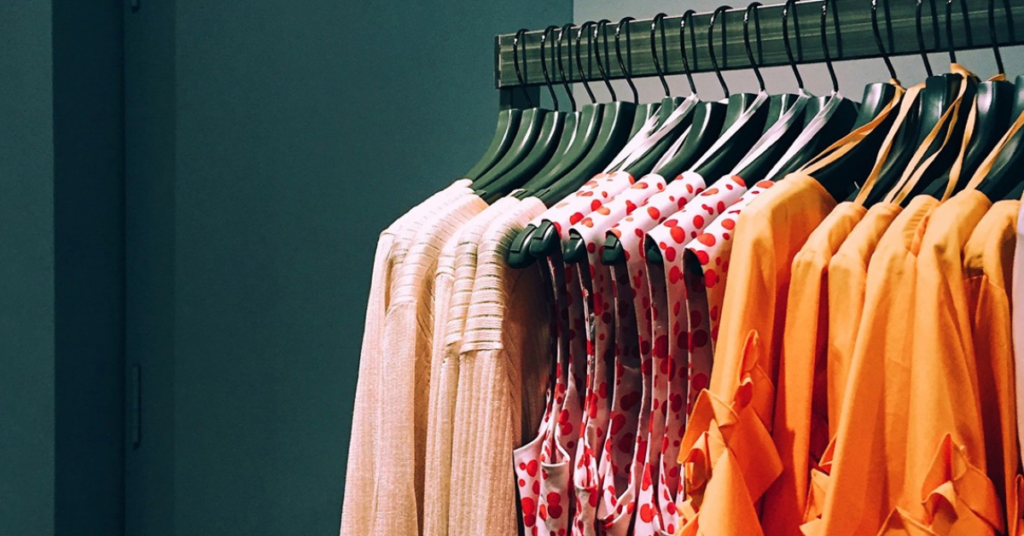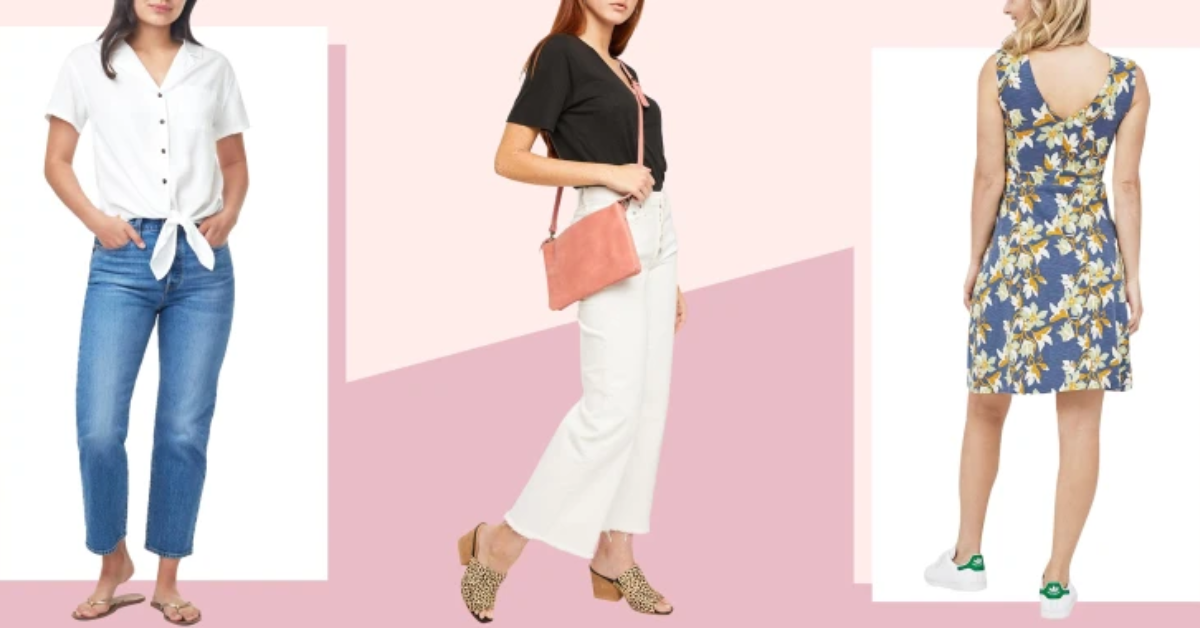From Fast Fashion to Slow Fashion: Embracing Sustainable Clothing Choices
- 124 Views
- infosphereonline.com
- 26 September 2023
- Blog Fashion and Style
In a world driven by trends that change as quickly as a tweet can go viral, the fashion industry has been no exception. Fast fashion has dominated the scene for years, offering inexpensive, trendy clothing at the cost of both the environment and ethical concerns. However, in recent years, a growing movement has begun to challenge this status quo. Enter “slow fashion,” a conscious and sustainable approach to clothing that encourages consumers to make better choices for themselves and the planet.
The Dark Side of Fast Fashion
Fast fashion, characterized by its rapid production cycles and low prices, has taken the fashion world by storm. Brands like H&M, Zara, and Forever 21 have made clothing more accessible than ever before. However, this convenience comes at a hidden cost.
Environmental Impact: Fast fashion contributes significantly to environmental degradation. The production of cheap garments often involves resource-intensive processes and chemicals that pollute waterways and harm ecosystems. Additionally, the disposal of these low-quality items leads to massive textile waste.
Ethical Concerns: Fast fashion relies on low-cost labor, often in sweatshops where workers are subjected to poor working conditions and unfair wages. This unethical treatment of workers has led to widespread human rights violations.
Disposable Culture: Fast fashion encourages a disposable culture, where clothing is worn only a few times before being discarded. This leads to an alarming increase in textile waste, which ends up in landfills and takes years to decompose.
Slow Fashion: A Sustainable Alternative
The slow fashion movement emerged as a response to the problems associated with fast fashion. It advocates for a more thoughtful and sustainable approach to clothing consumption. Here’s how slow fashion differs and why it’s gaining momentum:
Quality Over Quantity: Slow fashion prioritizes quality over quantity. Instead of purchasing cheap, disposable items, consumers invest in well-made, timeless pieces that are built to last. While these items may have a higher upfront cost, they offer better value in the long run.
Ethical Production: Slow fashion brands are committed to ethical manufacturing practices. They ensure fair wages and safe working conditions for their employees, often supporting local artisans and communities.
Sustainable Materials: Slow fashion brands opt for sustainable materials, such as organic cotton, bamboo, and recycled fabrics. These materials reduce the environmental impact of clothing production.
Transparency: Slow fashion brands are transparent about their production processes, allowing consumers to make informed choices about the products they buy. They often use eco-friendly dyes and manufacturing methods.
Minimalist Wardrobe: Slow fashion encourages the creation of a minimalist wardrobe filled with versatile pieces that can be mixed and matched. This reduces the need for excessive shopping and promotes a more sustainable way of dressing.

Embracing Slow Fashion
Transitioning from fast fashion to slow fashion may seem daunting, but it’s a step in the right direction for those looking to lead a more sustainable lifestyle. Here are some practical tips to help you embrace slow fashion:
Assess Your Wardrobe: Start by evaluating your current wardrobe. Identify items you truly love and wear regularly, and those that are seldom used. This will give you a sense of your personal style and help you make more intentional purchases in the future.
Shop Mindfully: When shopping, opt for quality over quantity. Choose timeless pieces that can be styled in various ways and are suitable for multiple occasions. Look for brands that prioritize sustainability and transparency.
Support Sustainable Brands: Research and support slow fashion brands that align with your values. These brands often prioritize ethical production, use sustainable materials, and offer transparency about their processes.
Secondhand Shopping: Consider buying secondhand or vintage clothing. Thrifting is an eco-friendly way to find unique, high-quality items while reducing textile waste.
Learn Basic Repair Skills: Extend the life of your clothing by learning basic repair skills like sewing on buttons or mending small tears. This reduces the need for replacements and helps you appreciate your clothing more.
Swap or Borrow: Organize clothing swaps with friends or family members to refresh your wardrobe without spending money. You can also borrow items for special occasions instead of buying new ones.
The Path to a Sustainable Wardrobe
Transitioning from fast fashion to slow fashion is a journey that requires time and effort, but the rewards are worth it. By making conscious choices about the clothing we buy and wear, we can reduce our impact on the environment and support ethical practices in the fashion industry. Slow fashion isn’t just a trend; it’s a movement towards a more sustainable and responsible way of dressing that benefits us all, now and for generations to come. So, let’s embrace slow fashion and make a positive difference—one outfit at a time.
Recent Posts
- Delicious Recipes for Vegetarians & Vegans: An InfoSphereOnline Guide
- The Complete Guide to the Entertainment Industry: Locations, Media, and Promotional Plans
- Makeover Your Craft Area: DIY Seasonal Projects and Organizing Advice for Beauty Addicts
- Transform Your Life and Your Body: The Complete Guide to Contemporary Weight Management
- Increase Your Recipe Content with These Ten Crucial Kitchen Tools for Food Bloggers

